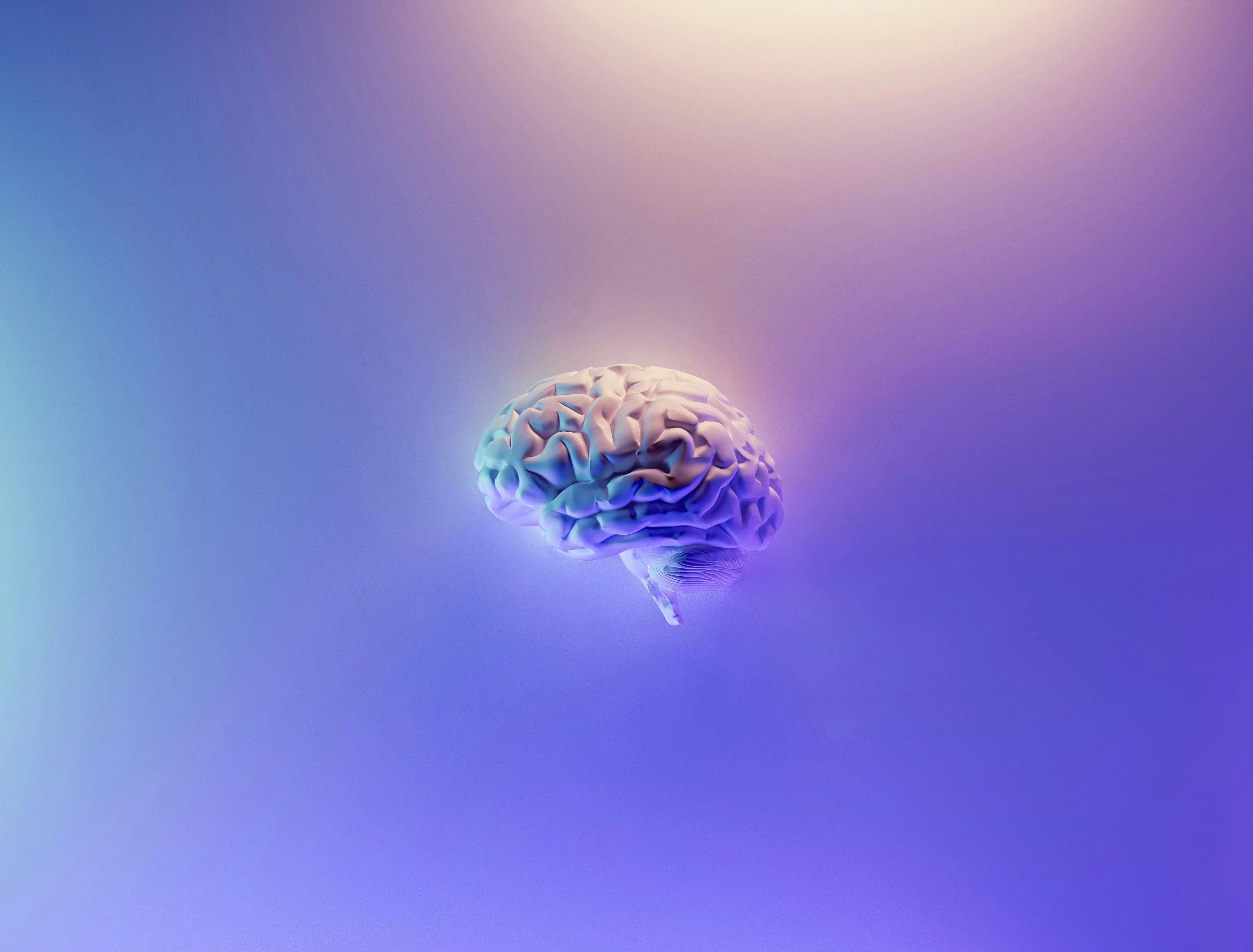Scientists Grow a Miniature ‘Whole Brain’ in the Lab, And It’s Unlike Anything Seen Before

In a bold leap forward for neuroscience, researchers at Johns Hopkins University have created a “whole-brain” organoid in the lab, a miniature, simplified version of the human brain that mimics both its anatomical complexity and developmental trajectory like never before.
This remarkable advance could dramatically transform how we study neurological and psychiatric diseases, potentially unlocking new treatments for schizophrenia, autism spectrum disorder, Alzheimer’s, and more.
Organoids, lab-grown clusters of cells that replicate the structure and function of human organs, have been used for years to model parts of the brain. But until now, they’ve been limited to fragments of brain regions, such as the cortex or midbrain, making it difficult to study how different areas interact.
The new study, published by Johns Hopkins scientists and collaborators, describes the creation of a fully integrated “whole-brain” organoid. This 3D structure shows functional compartmentalization similar to that of an actual human brain, including distinct forebrain, midbrain, and hindbrain-like regions.
Most impressively, the organoid demonstrated complex gene expression patterns and developmental dynamics comparable to those observed in a human fetal brain, a breakthrough that could revolutionize research into how the brain forms, functions, and breaks down.
"This is a next-level organoid," said Guo-li Ming, one of the senior researchers on the project. "We can now begin to ask deeper questions about how different regions of the brain communicate and what happens when that communication is disrupted by disease."
That could prove vital in understanding elusive neurological conditions like autism and schizophrenia, which are often linked to early disruptions in brain connectivity. These disorders can’t easily be studied in living humans at such an early developmental stage, so having a realistic brain model is a game-changer.
The researchers also tested the effects of valproic acid, a drug known to increase autism risk when taken during pregnancy. When exposed to the compound, the organoid showed gene expression changes that mirrored those found in individuals with autism, a finding that validates the model’s real-world relevance.
Despite its complexity, the organoid is not conscious. It lacks sensory input, a body, and the continuous neural activity seen in a living brain. Still, the team emphasized ethical considerations remain paramount as this field advances.
“This model helps bridge the gap between cellular neuroscience and whole-organ brain studies,” said co-author Hongjun Song. “It gives us a dynamic view of development that was previously unreachable.”
With this whole-brain organoid, researchers now have an unprecedented window into the earliest moments of the human mind, and a new tool to probe the mysteries of how and why it sometimes goes awry.
From drug testing to the study of brain region interactions, this new model could spark a paradigm shift in neuroscience. While it's not a real brain, it may help us finally understand what happens when the real one fails.
The brain in a dish is here, and it’s about to change everything.